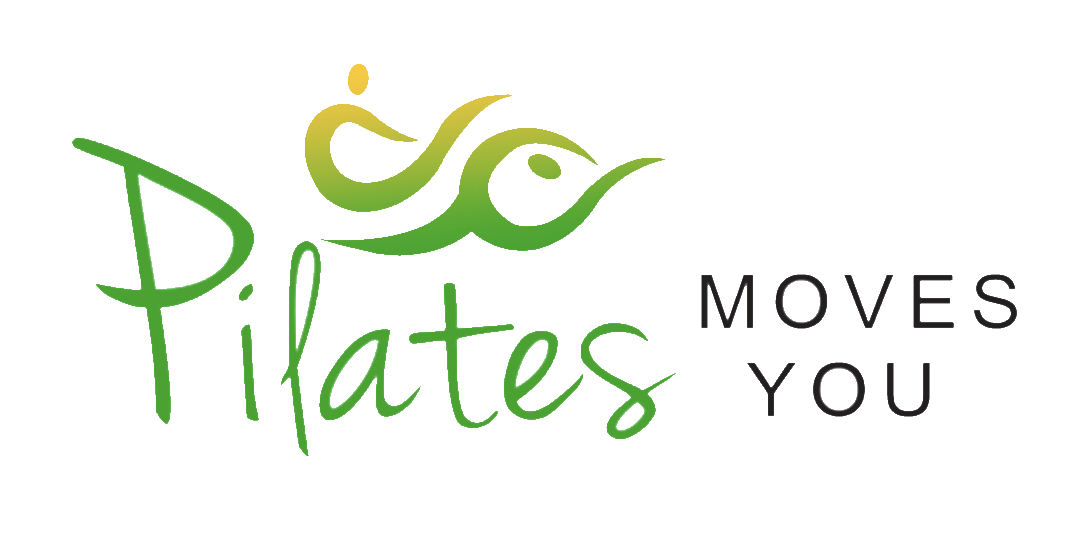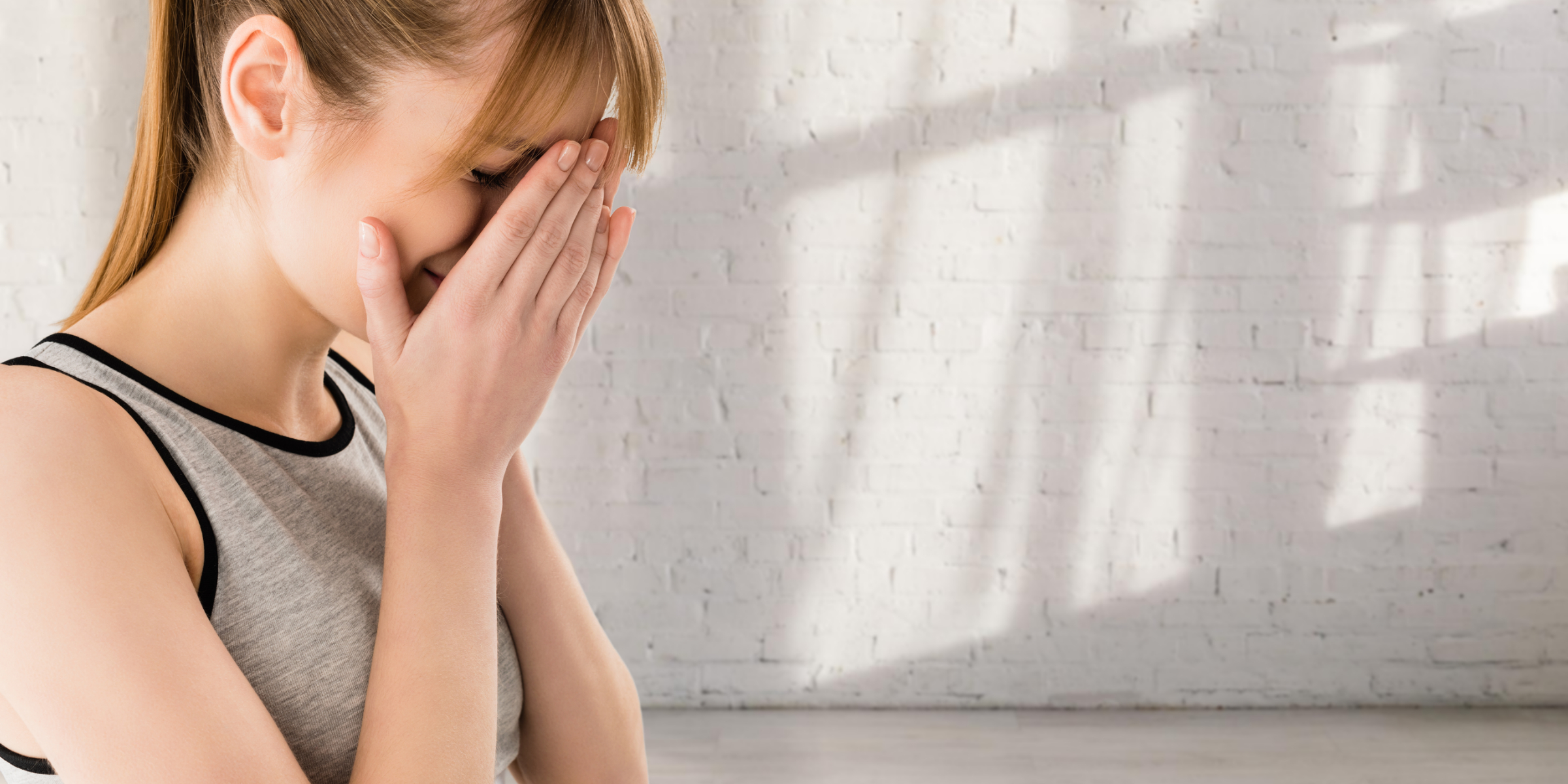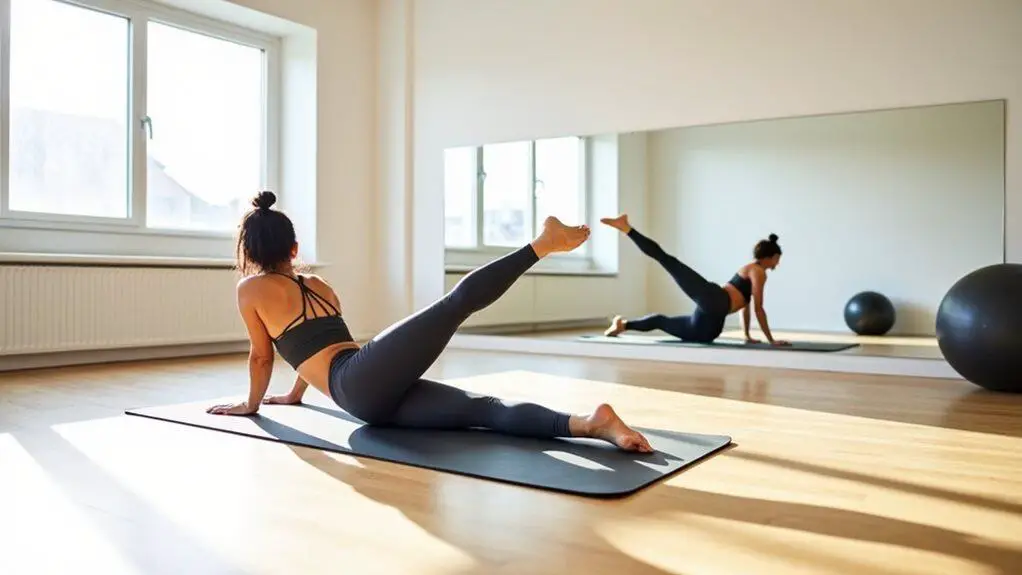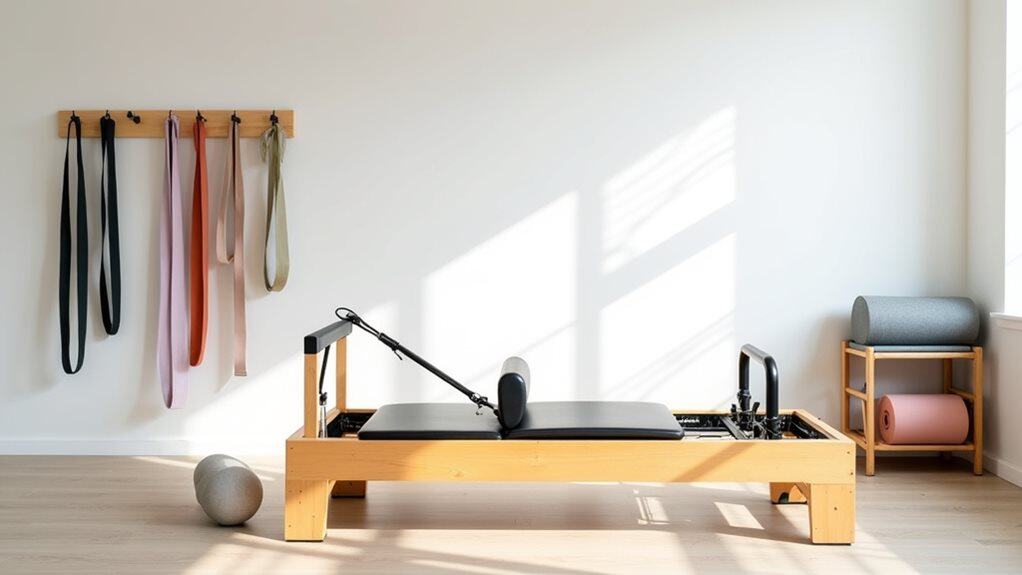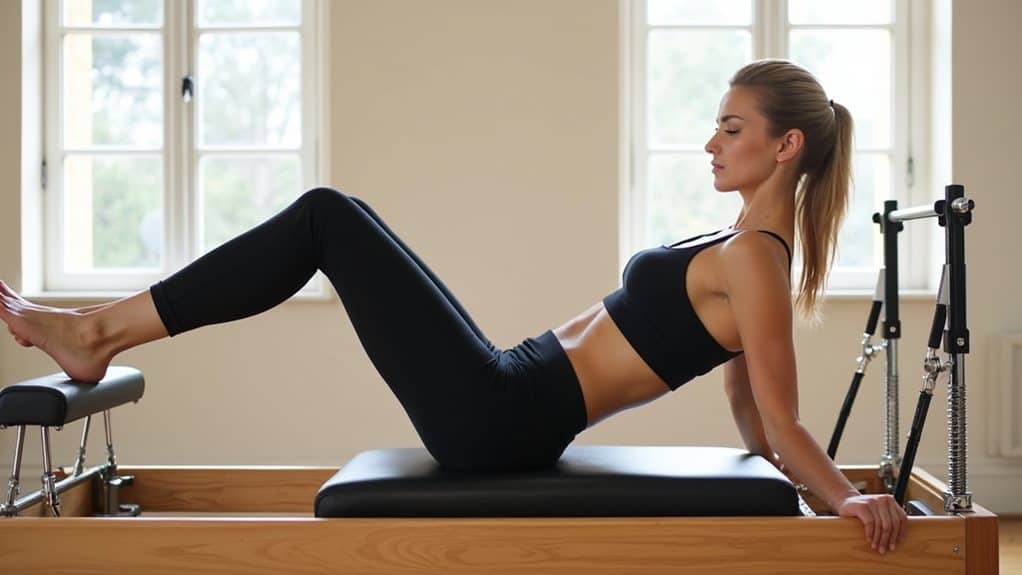Have you ever felt like crying after a Pilates session? It may sound strange, but it is actually quite common. Many people experience emotional releases during exercise and Pilates can be particularly powerful in this regard.
It is not uncommon to cry or have intense emotions after doing Pilates. The release of endorphins and dopamine can often lead to an emotional release, which is why it can be cathartic for some people to do Pilates. Crying can also be a way of letting go of built-up stress and tension.
In this article, we will explore why we cry after doing Pilates and the science behind it. From physical responses to psychological ones, let’s dive into the mysterious world of why tears often accompany our time on the mat.
Why do I cry after Pilates?
Experiencing an emotional release after a Pilates session is usually a result of the intense physical and mental exercises performed during the session.
As we move through each exercise, our bodies become physically energized as we activate our muscles, while simultaneously calming our minds as we focus on our breathing and body movements.
Furthermore, when performing Pilates we are engaging in an intensity workout that targets the entire body and helps to release emotional baggage stored in the body.
Crying can be a natural response to releasing pent up emotions or having an emotional breakthrough. Some people feel more comfortable expressing their emotions in public classes than they do alone at home; allowing for greater emotional connection with others as well as greater openness for processing all types of emotions that come up during the yoga session.
No matter what it is that’s making you cry after Pilates, it’s important to remember that it is a perfectly normal reaction and nothing to be ashamed of. So if you find yourself tearing up on your mat, embrace the moment – it could just mean that your mind-body connection is doing its job!
Overall, Pilates is a great way to not only physically strengthen your body but also emotionally release any negative feelings or emotions that you may be harbouring. Crying after Pilates is a totally natural response and should be embraced as an opportunity to process and heal the mind and body. Ready to explore how Pilates can physically benefit your body? Read on for more!
Physical Response to Pilates
Physical responses to Pilates can vary from person to person and depend on the type of exercise being performed.
Many individuals find that after a Pilates session, they experience increased energy, improved flexibility, better posture, an enhanced ability to focus, improved balance and coordination, and even emotional release.
Additionally, regular practice of Pilates can lead to strength gains in both the core muscles as well as the entire body overall.
Another physical response to Pilates is an increase in blood circulation throughout the body. This is due to the combination of deep stretching movements and high-intensity exercises that allow for more oxygenated blood flow throughout the body. As a result of this increased circulation, many people experience a reduction in muscle aches and pains as well as improved overall health.
Pilates also has been shown to reduce stress levels by allowing individuals to focus on their breath and movements instead of any negative thoughts or emotions that may be holding them back from reaching their fitness goals. Furthermore, through movement, individuals can express themselves emotionally while releasing any pent-up emotions or tension stored in their body.
Overall, Pilates offers numerous physical and emotional benefits that can help individuals reach their fitness goals while promoting greater mental clarity and emotional wellbeing. Speak with your pilates instructor today about how you can incorporate this type of exercise into your routine!
By engaging in Pilates, individuals can experience a multitude of physical and emotional benefits that will help them reach their fitness goals. So why not give Pilates a try and see how it can positively impact your life? But before you do, be sure to read on to learn more about the potential positive and negative effects this type of exercise can have on the body.
Positive and Negative Effects on the Body
Pilates is a form of exercise that combines strength, flexibility and balance in order to create a full body workout. Though it can provide numerous physical and emotional benefits, there are also potential positive and negative effects on the body that should be considered before engaging in Pilates.
On the positive side, Pilates can improve posture, focus, coordination and balance while strengthening your core muscles. Additionally, regular practice of Pilates has been known to reduce stress levels as it encourages individuals to focus on their breath and movements instead of any negative thoughts or emotions.
On the other hand, one potential downside of Pilates is that due to its intensity level it can cause increased muscle soreness and fatigue. Additionally, due to the intense nature of some Pilates workouts it is important for individuals to listen to their bodies during each session in order to avoid any potential injuries.
Don’t worry if you do feel sore, this is perfectly normal, and I’ve written about it in ARTICLE
In conclusion, while Pilates offers numerous physical and emotional benefits it is important for individuals to understand the potential positive and negative effects this type of exercise can have on their bodies before engaging in it. Speak with your Pilates instructor today about how you can incorporate this type of exercise into your routine safely!
Psychological Response to Pilates
As an intense workout, Pilates can be both mentally and emotionally taxing. During a Pilates session your body may experience a range of emotions as you stretch and strengthen the entire body. This emotional response can result in feelings of joy, exhaustion, sadness or even tears.
The psychological response to Pilates should not be seen as a negative thing; it is simply an indication of how deeply connected our mind and body are.
Tears or other forms of emotion expression during a Pilates session can be viewed as positive sign that we are dealing with any unresolved issues on an emotional level.
In fact, this type of release can be incredibly beneficial for our overall health and wellbeing.
As a professional Pilates instructor I understand the importance of creating a safe space for my clients to work through their emotions without judgement or fear. I believe that through mindful movement we can all find peace within ourselves regardless of what we’re feeling at any given moment.
It is my hope that by providing a safe and nurturing environment, my clients can feel empowered to fully embrace the mind-body connection that Pilates offers. In our next session we’ll be exploring how your mental and physical states interact with one another during a Pilates session.
Emotional Release During Exercise
Emotional release during exercise is a natural response to intense physical activity, and can be experienced in many different forms depending on the individual. Pilates is no exception, as it works to strengthen the entire body while simultaneously providing an opportunity for emotional breakthroughs.
During a any sort of physical session, be it Pilates, a cardio workout or hot yoga class, individuals may experience negative emotions such as pent-up anger or sadness that can be released through movement.
This is due to the mind-body connection that allows us to tap into our inner selves while partaking in physical activity and connecting with the movement of people around us.
So next time you take part in an intense workout routine, don’t be afraid if you find yourself having an emotional release—it’s your body’s natural way of relieving stress and releasing any built-up tension.
Pent-Up Emotions Letting Go
Pent-up emotions can be a powerful force, and can weigh on individuals for long periods of time before reaching a breaking point.
When engaging in an intense workout like Pilates, it may trigger these emotions to surface in the form of tears or other physical expressions.
This is due to the connection between our mind and body—as we move, we create an emotional environment that allows us to connect with our inner selves.
It’s important to recognize that this emotional release is natural and should not be looked down upon. As a Pilates instructor, I understand how uncomfortable it may feel when experiencing an emotional breakthrough during class.
However, it’s important to remember that this is a healthy response and provides an opportunity for individuals to process any pent-up emotions they might have been holding onto.
If someone in my class begins crying or becomes visibly upset, I remind them that it’s okay and encourage them to take the necessary steps afterwards such as talking with a friend or therapist about their experience if needed.
Conclusion: Why Do We Cry After Doing Pilates?
Though it may be uncomfortable to experience intense emotions during a Pilates session, it can actually be incredibly beneficial for both physical and mental health. When we allow ourselves to let go of any negative energy or pent-up emotions, we open the door to immense transformation and healing. Pilates is an excellent form of exercise that allows us to push our physical boundaries while connecting with our emotional state.
Crying during a workout session may seem strange at first, but it can actually be a natural response to intense exercise. When we challenge our entire body – mind, spirit and soul – we are inviting emotional release. As the intensity increases, so to do the emotions that emerge from within us. In this way, Pilates can serve as an emotional outlet for those who are struggling with underlying issues and need to express themselves in order to find relief.
Although crying after a Pilates class may feel embarrassing or awkward in public settings, it’s important to remember that everyone has their own emotional baggage that needs to be released in order for them to achieve balance and peace of mind. Therefore, when you come across someone who is crying after their workout session, offer them your support and understanding instead of judgement or criticism.
